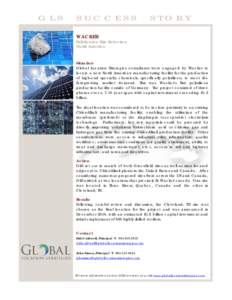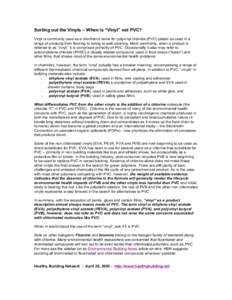971 | Add to Reading ListSource URL: oxlel.zoo.ox.ac.ukLanguage: English - Date: 2014-04-30 09:41:39
|
|---|
972 | Add to Reading ListSource URL: www.mosaicco.comLanguage: English - Date: 2015-05-11 15:40:13
|
|---|
973 | Add to Reading ListSource URL: graystreetworkshop.comLanguage: English - Date: 2015-04-14 21:24:21
|
|---|
974 | Add to Reading ListSource URL: www.globallocationstrategies.comLanguage: English - Date: 2012-05-14 16:42:08
|
|---|
975 | Add to Reading ListSource URL: www.systexx.comLanguage: English - Date: 2013-01-29 08:26:23
|
|---|
976 | Add to Reading ListSource URL: www.biologiachile.clLanguage: English - Date: 2013-07-01 08:55:26
|
|---|
977 | Add to Reading ListSource URL: greencrossaustralia.orgLanguage: English - Date: 2014-08-06 19:33:44
|
|---|
978 | Add to Reading ListSource URL: www.vinyl.org.auLanguage: English - Date: 2012-09-24 17:16:14
|
|---|
979 | Add to Reading ListSource URL: vinyl.org.auLanguage: English - Date: 2012-09-24 17:16:14
|
|---|
980 | Add to Reading ListSource URL: www.healthybuilding.netLanguage: English - Date: 2015-01-09 15:35:59
|
|---|